The Traditions of Arcana
The study of the arcane is an ancient, and storied craft which many wizards, and mages have dedicated their entire lives towards. The first civilizations of Orr to emerge after the raising of the Spelltowers and the end of the Cataclysm, bent the will of their entire societies towards learning to wield, and master the mysterious forces of sorcery. These inital forrays into the unknown were dangerous, blind-fumblings to manipulate the building blocks of the universe, and many of them ended in untold disaster. It was obvious to the mages of the first era that some manner of tradition would need to be established, and passed on, in order for magic to be wielded with any proficiency, and to prevent neophytes from unleashing powers which they might struggle to control.
The first of these traditions was simply to divide the study of arcana into separate spheres of magic which would eventually lead to the creation of the nine principle 'Circles' of arcana. Abjuration, Conjuration, Divination, Enchantment, Evocation, Illusion, Necromancy, Transmutation, and Universality. The final 'circle', Universality, representing a mastering and unification of the other principle circles. There is nothing that genuinely separates these arts of magic save perhaps the intention of the spell to be woven and its effect upon the prime material plane. Many spells taught within the various lyceums of the world have been argued to belong in multiple spheres, some changing over time as understanding of arcana has become more developed, and nuanced.
With these principles of sorcery established, the next tradition was simply to create the colleges of magic, and the circulum of study. Generally speaking, colleges, and lyceums of sorcery begin training initiates at a very young age. The moment that an individual displays true sorcerous powers (the ability to cast magic innately), they are often presented to the lyceums to begin their training. It is imperetive that these, natural, magic-wielders are trained as early as possible for few others present such an obvious danger if they're not trained to properly wield their magic. Others, those who have an interest in magic and wish to pursue true wizardry (the practical study of these arts) are often brought to the academies as adolescents, or young adults, although anyone at any age can pursue this study.
While the proliferation of magic was determined without too many splinters of opinion, the manner in which it should be taught was a much more conflicted affair. It took several centuries for any type of official decorum to be developed. Ultimately the mages of the first era decided that the language of Draconic would serve as the primary touchstone of arcane script, and that spells would be divided into 'Levels' based on their complexity, and their power to manipulate the prime material world. In this way, neophytes would gradually learn to alter, and expand their repitoire, and understanding without stumbling into powers far too great (or catostrophic) to wield properly.
Although these principle traditions of magic have become universally accepted enough that one can travel across the continent and compare their research with another mage without much dispute, the actual weaving of spells is another matter entirely. Transforming magical energy into power is no simple feat. The uninitiated may look upon common cantrips, and spellcraft and rarely consider exactly how the art is performed. Some aspects, such as the use of hand gestures, incantations, and material components may even trick them into believeing that if they could only move their arms in the specified way, intone the chant, while holding a similar component that they too could perform such a feat. Nothing could be further from the truth however, and many foolish, and would-be-mages have incinerated themselves in their presumptious attempts at mockery of this honed craft.
The most prestigious lyceum of magic in the world of Orr is the Circle of Nine in Dalair where mages from across the continent travel to undertake the mysterious, and dangerous Trials of High Sorcery. These tests, adminstered by some of the most profound masters of their Circles, are said to be so difficult that it can take entire lifetimes to complete them. Each test is uniqely designed for the participant, and there have been many who have died in the attempt. Those who complete all nine Trials are bestowed the rank of 'Dragonspeaker'.
Vancian Magic
The first 'arcane tradition' of magic to arrise in the era following the Cataclysm was 'Vancian Magic' or what is sometimes known as the Living Spells. It was discovered to both the horror, and excitement of many mages that magic itself is 'alive'. That it possesses intentions, and motivations. This lead to the philosophy of the Weave of magic, sometimes called the Arcane Tapestry, or even the Winds of Arcana. It was found that by threading magic into intricate 'knots' of power one could isolate the voice, and desires of the Weave and give birth to a Living Spell. A Living Spell is a truly awesome, and individually unique thread of magical power, and only one mage can possess any Living Spell at a time. This lead to, and still remains to be one of the primary reasons why wizards are so secretive of their craft, their spellbooks, and discoveries. A Vancian Spell is so utterly unique that it cannot be replicated, and once cast the 'knot' is broken, forcing the mage whom casted it to repeat the delicate measures used to bind the Weave originally. All knowledge of the spell once it has been cast is lost, and the power of these Vancian spells was so immense, and again, so unique, that practioners of elaborate Vancian magic were often called "High Mages" for their arts required not just a particular spell, but a particular mage to cast it. Some of the world's most renowned sorcerers have been 'Vancian' mages, and it is believed that even the Runes of Eternity writ upon the stones of Orrimundus by Drin himself is a form of Vancian magic. Due to the highly unique nature of this type of sorcery, it is rarely taught. The mages who can perform it, have nothing to gain by sharing their secrets of such arts, and likewise, many of the great Vancian Spells have been lost to time because their practitioners took the secrets to their graves."Vancian magic was named in honor of Jacrael Vance, the first Dragonspeaker of Dalair's Circle of Nine, whose efforts to form a ciriculum of study for fledgling wizards, and mages lead to a revolution in the magical arts, and the advent of many prestigious lyceums of arcane learning.
Gygaxian Magic
The magic tradition which most beings in the world of Orr are familiar with is the Gygaxian tradition. Rather than attempting to manipulate the Weave of magic into very intricate, and particular expressions, the mage simply lets their body become a conduit to these powers. It is a tradition that was theorized long before it became popularized for its inventor, Garithean Gygax, surmized that if magical beings (even those of extremely primitive intellect) were able to cast spells, there must be some fundamental keystone which allowed it. By attuning to the Weave of magic, and assuming the position of a conduit, Gygaxian mages can simply 'open' the Weave and allow the power to disperse. This art in and of itself often leads to 'explosive' discharges of magical energy, but by combining somatic, and material components the sorcerer in question can narrow this broad approach into more applicable, and nuanced displays of power. The scope of such spells is quite large, and each has its own 'floor' and 'ceiling' of potential respectively, but in comparison to the truly magnificent, and unique Vancian spells, the Gygaxian tradition is somewhat finite in approach. New spells are always being developed, of course, but their depth and quality is governed by such strignant principles that they often possess certain 'expected' threshholds of magnitude, and use. The tradition of Gygaxian spellcrafting has become so polished, and refined over the centuries that one can almost universally request them from an experienced enough spellcaster. There are even some sorcerers who simply refer to them as the 'spells of the handbooks' due to this quality."This tradition of arcane power was named for Garithean Gygax, a magical historian who studied the primal echoes of powers which Vancian magic could not account for. Garithean was also credited for some of the first magical beastiaries of monsters where his theories were applied.
Mercean Magic
There are spells of such power, and such magnitudes in the world of Orr that they cannot be cast by one mage alone. Mercean Magic is the art of grand, and phenomenal ritual casting, and the arts which this tradition can achieve are utterly unknown due to the multiplicity of power involved in them. There are some mages of the Magisterium that refer to Mercean magic simply as "Tenth Level" spells. What can be achieved through them is a power so grand, and phenomenal that it can reshape the world itself. The flying fortresses of Xathrus, the banishment chambers of Mordred, and perhaps even the Spelltowers of Rizion, are examples of works created through Mercean magic. This is the magic of multitudes. The magic of many minds set upon a goal much greater than any individual.Mercean Magic, one of the newest traditions of arcane philosophy, is named in honor of Mathidar Mercer, the most renowned bard, and playwrite of his era. Even in the current age the stories passed down by Mathidar continue to enchant readers, and theater goers. They discovered this form of combined magic through impressive, and unattempted court festivities that were so grand that it's said even one of King Drin's adamantine Avatars smiled at the display.
Garfieldian Magic
The final 'tradition' of magical arts practiced and taught in the lyceums and colleges of Orr is that of Garfieldian Magic, sometimes called "Rune Magic", although that monicker is used almost exlusively for the highest magnitude of Rune Smiths in the northern Empires of Drin. Garfieldian magic is the art of inscribing resonant energy signatures, and leyline configurations on objects. The wizard, Rikardan Garfield historically inscribed a deck of magical cards with spell-magic, and would allow the cards to draw the power of the Weave for him. This tradition of magical practices creates noteably lesser effect of arcane power, but it is more reliable, and less dependent upon factors that might cause a singular individual to stumble.Garfield is an... outlier among wizards of his time. His methods were both systematic, and randomized. Even in the current age it is disputed whether the power of this tradition is in the spellcraft woven at the inception of the artifacts used to call upon its power (I.E. The wizard) or the artifact itself (The Deck / Stone / Weapon).
The practice of mages inscribing their knowledge in arcane manuals and spellbooks is, surprisingly, a very recent deviation from the older practices. Wizards, and sorcerers of more renowned times did not often venture far from their study rooms, and personal laboratories. The world was darker, and less easily traversed, even by ones who could ascend into the sky, and materialize hundreds of miles away in an instant, it was still unknown, and unexplored. Instead, they kept their magical research linked to familiars, magical spirits bound to them who acted as the 'better halfs' of their mind, and reminded them through oral traditions each morning of the power, and secrets that they had delved to. In the fifth age, when new materials became available (such as magically protected book bindings, water, and fire resistant parchment, and inks) that wizards began to carry their knowledge with them. Even with these protections, however, many wizards have found that the new unknown is simply... thieves.

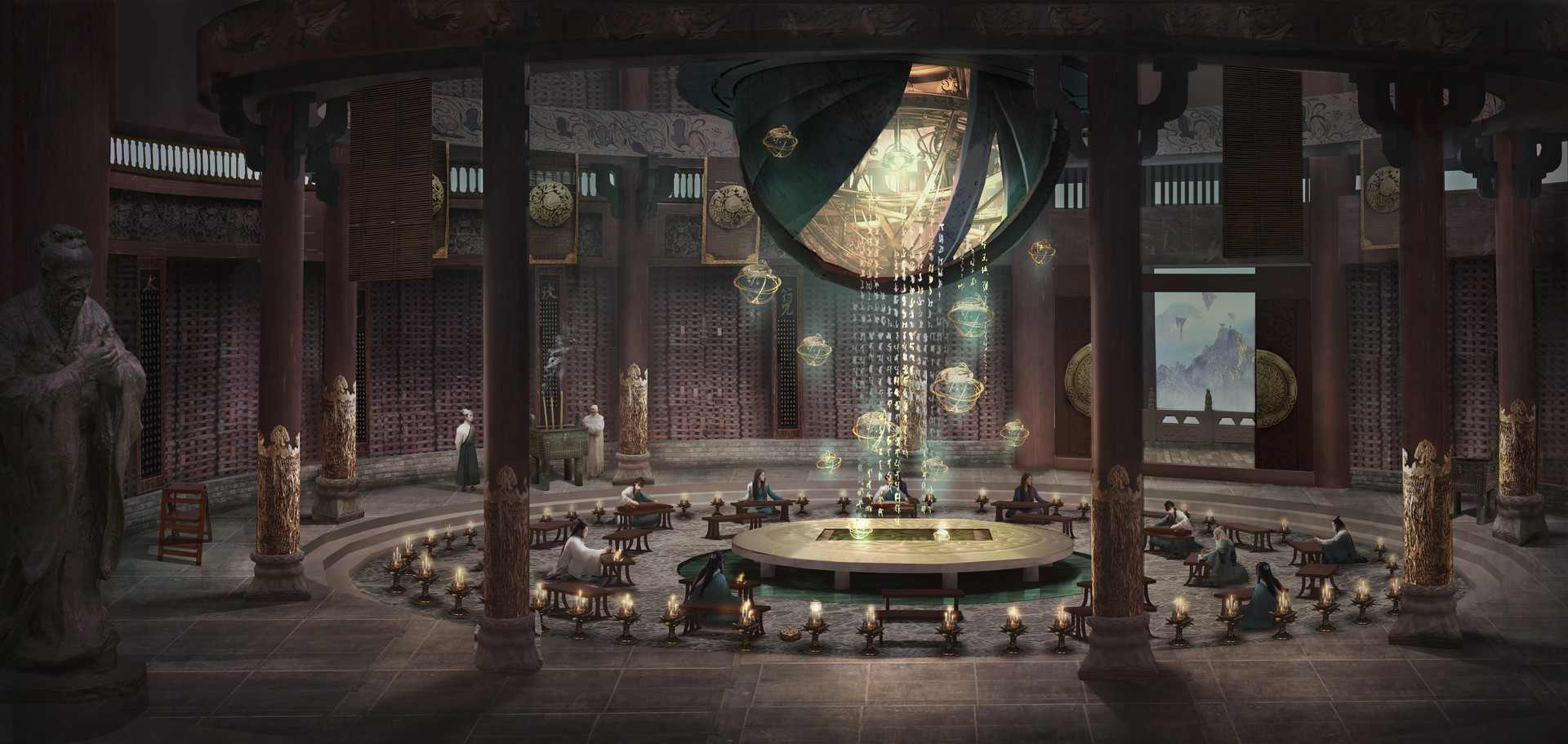
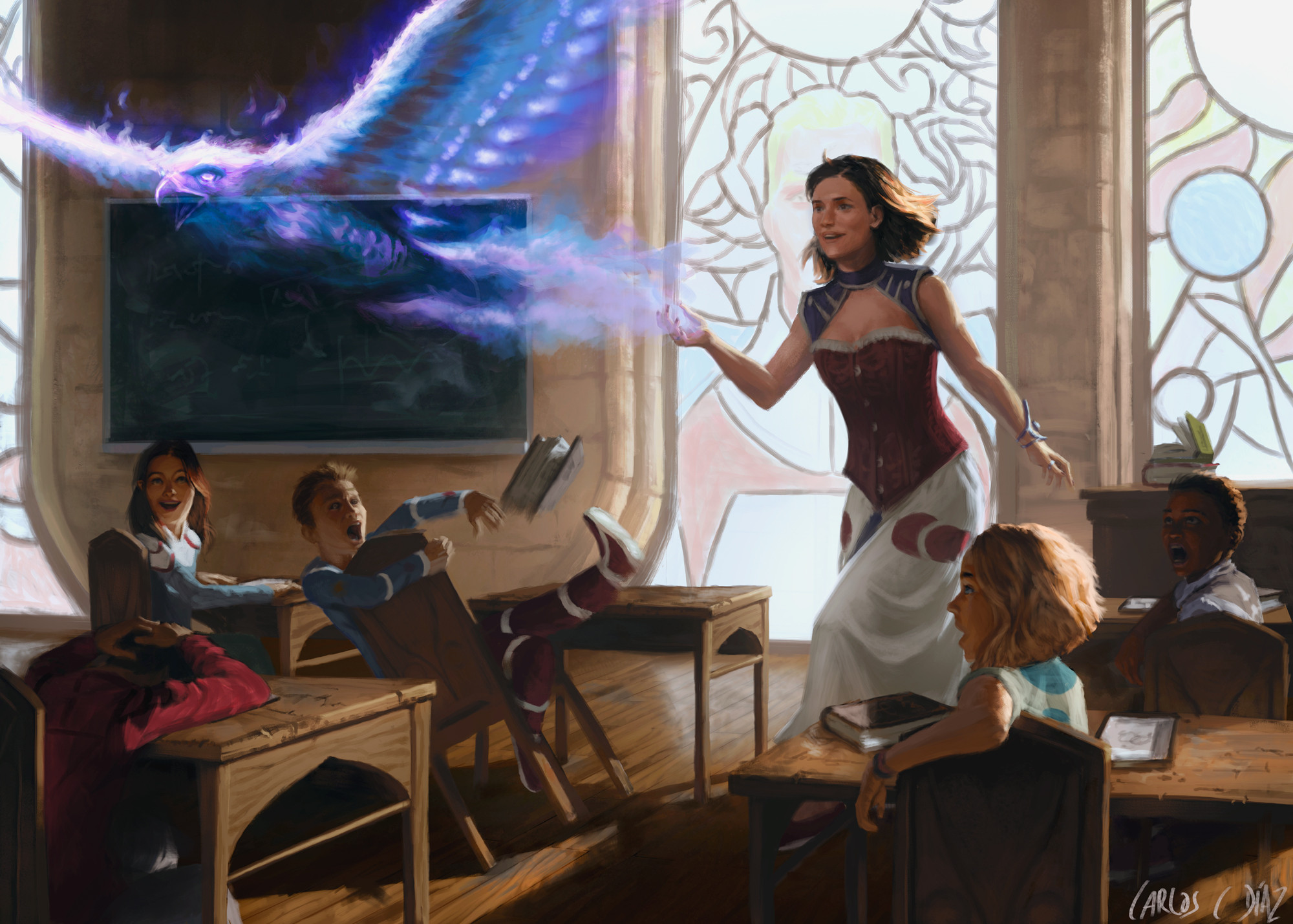
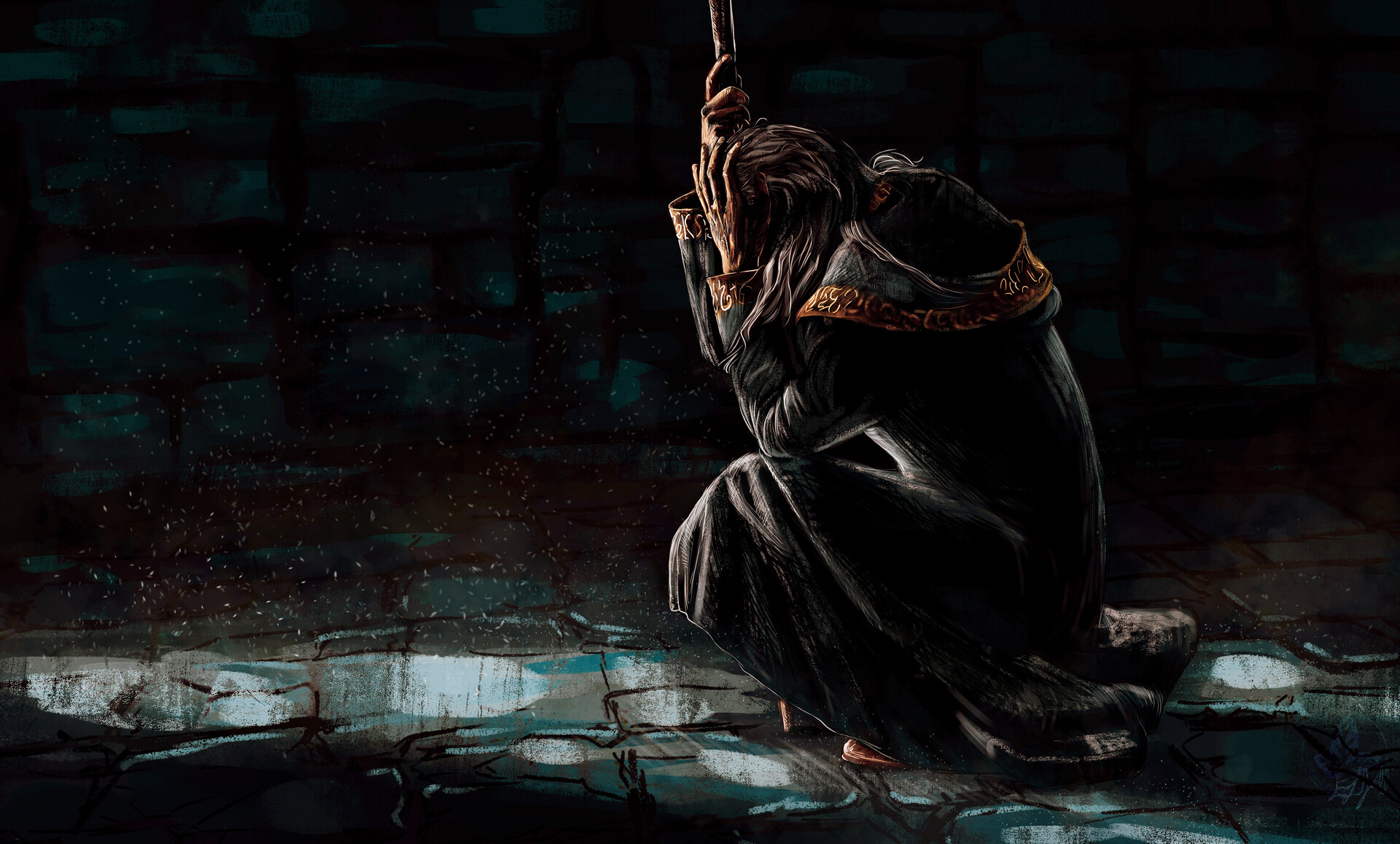
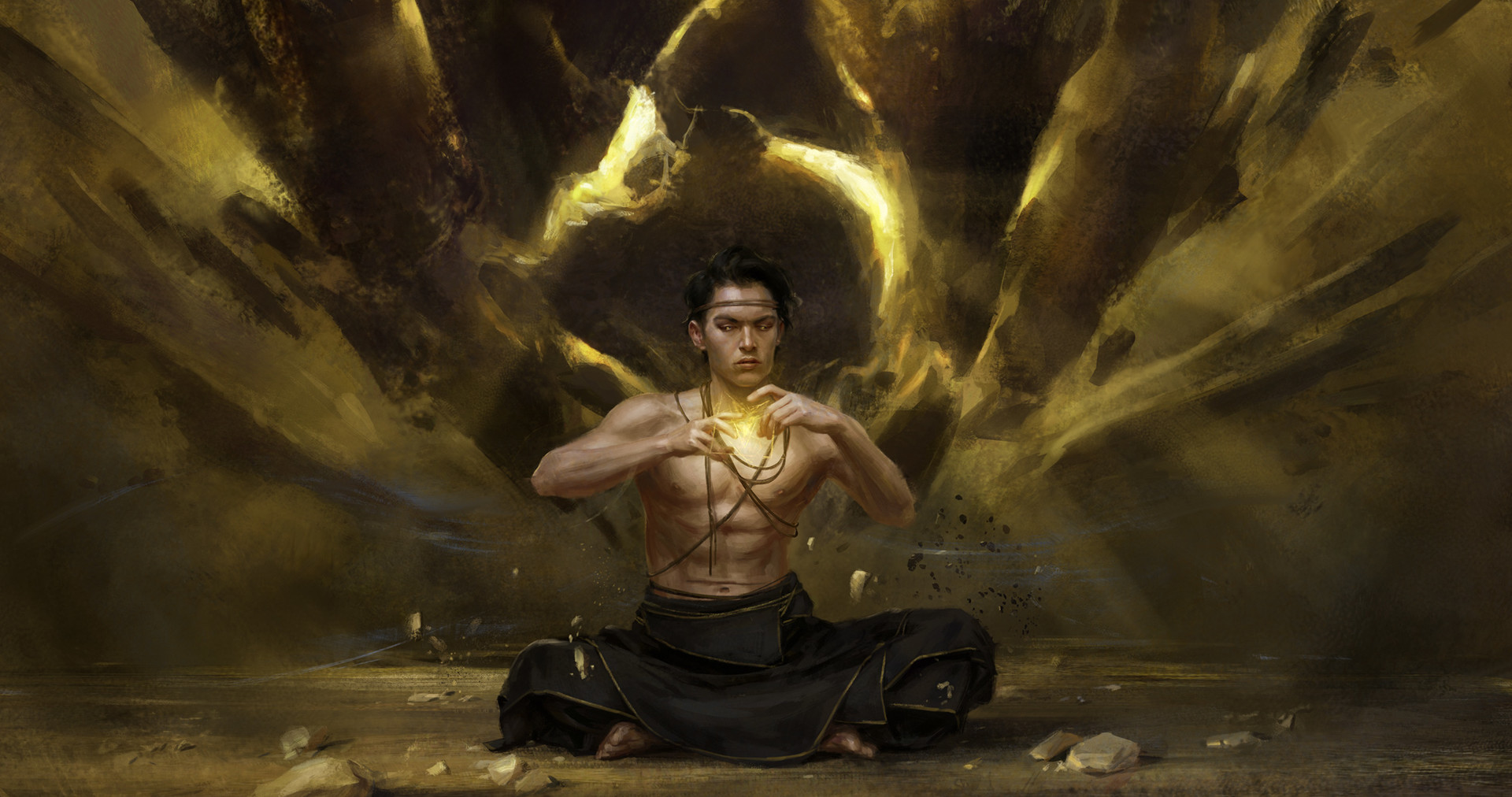
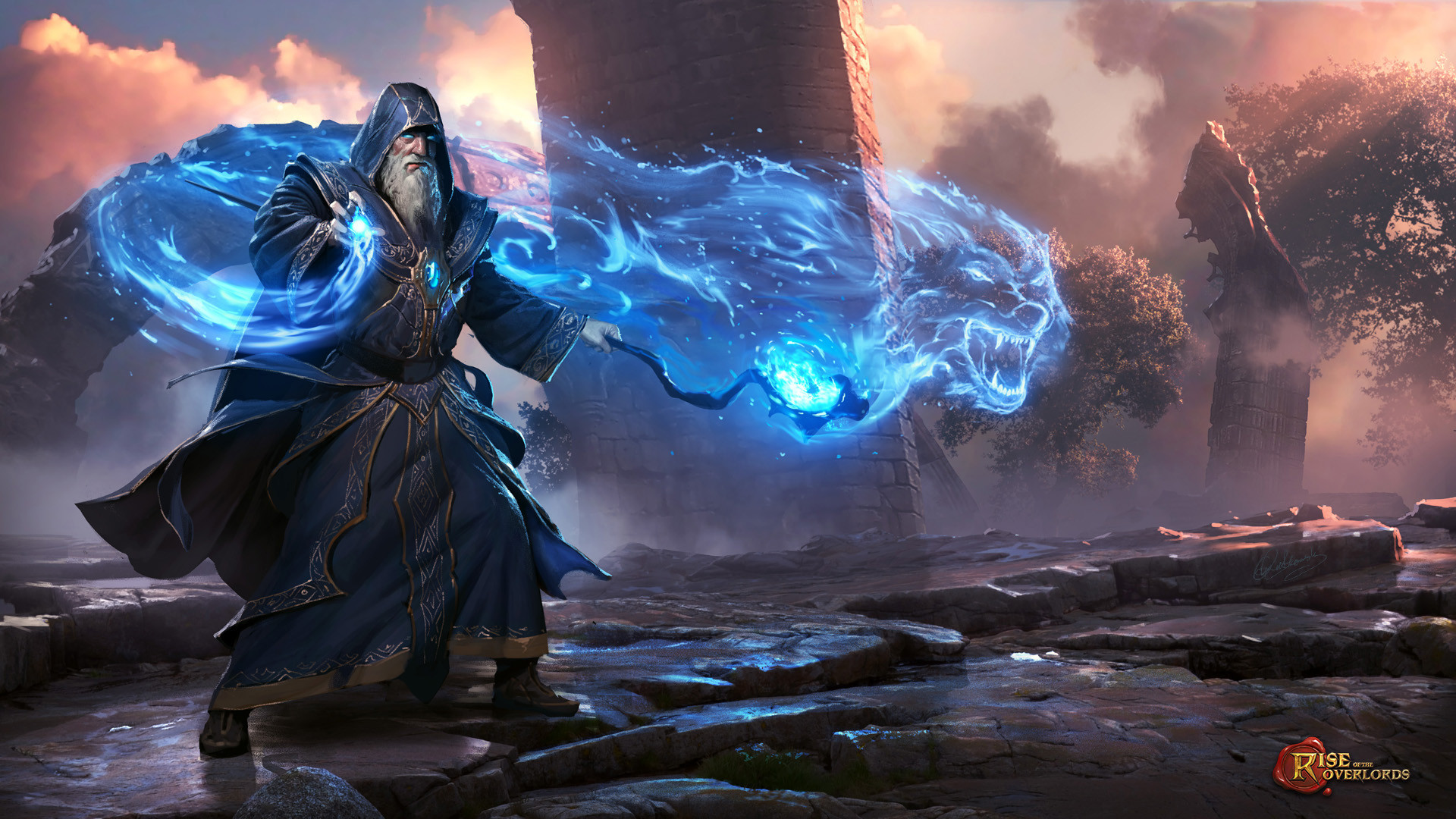
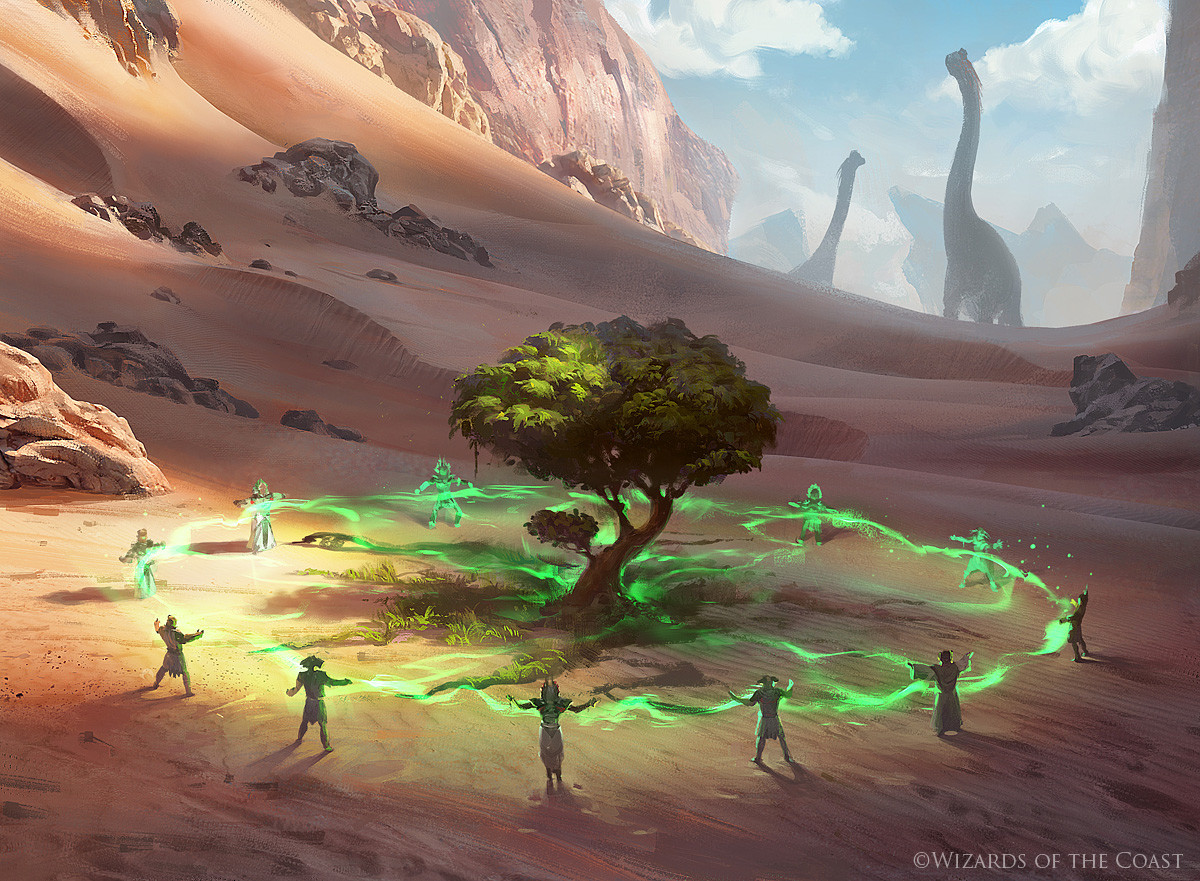
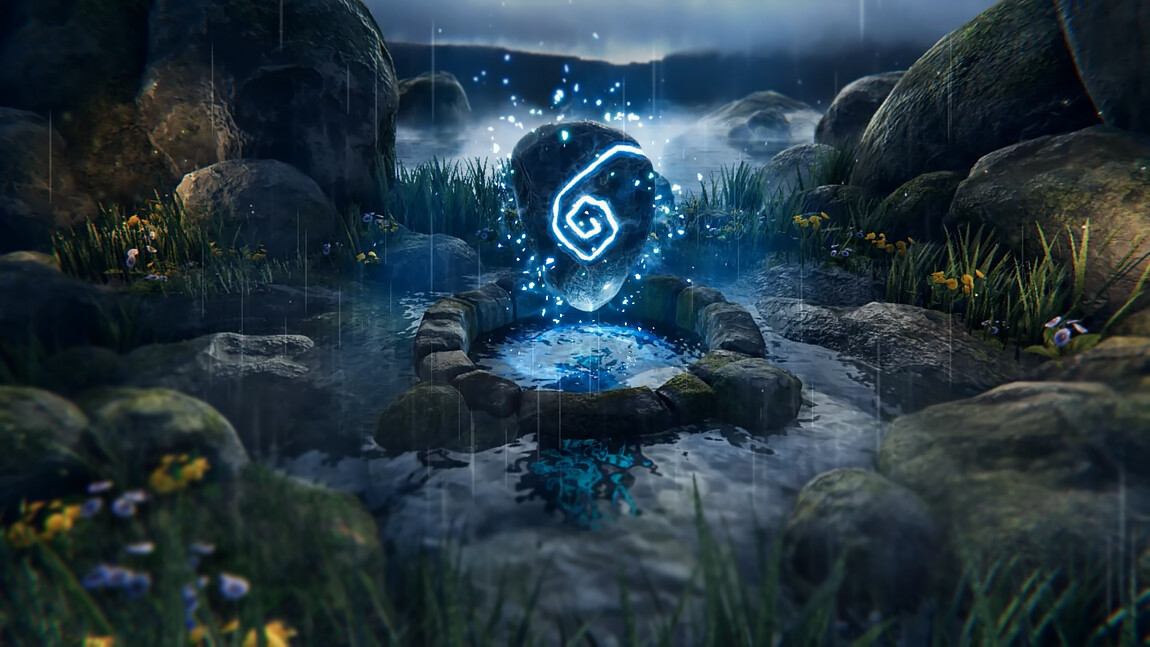
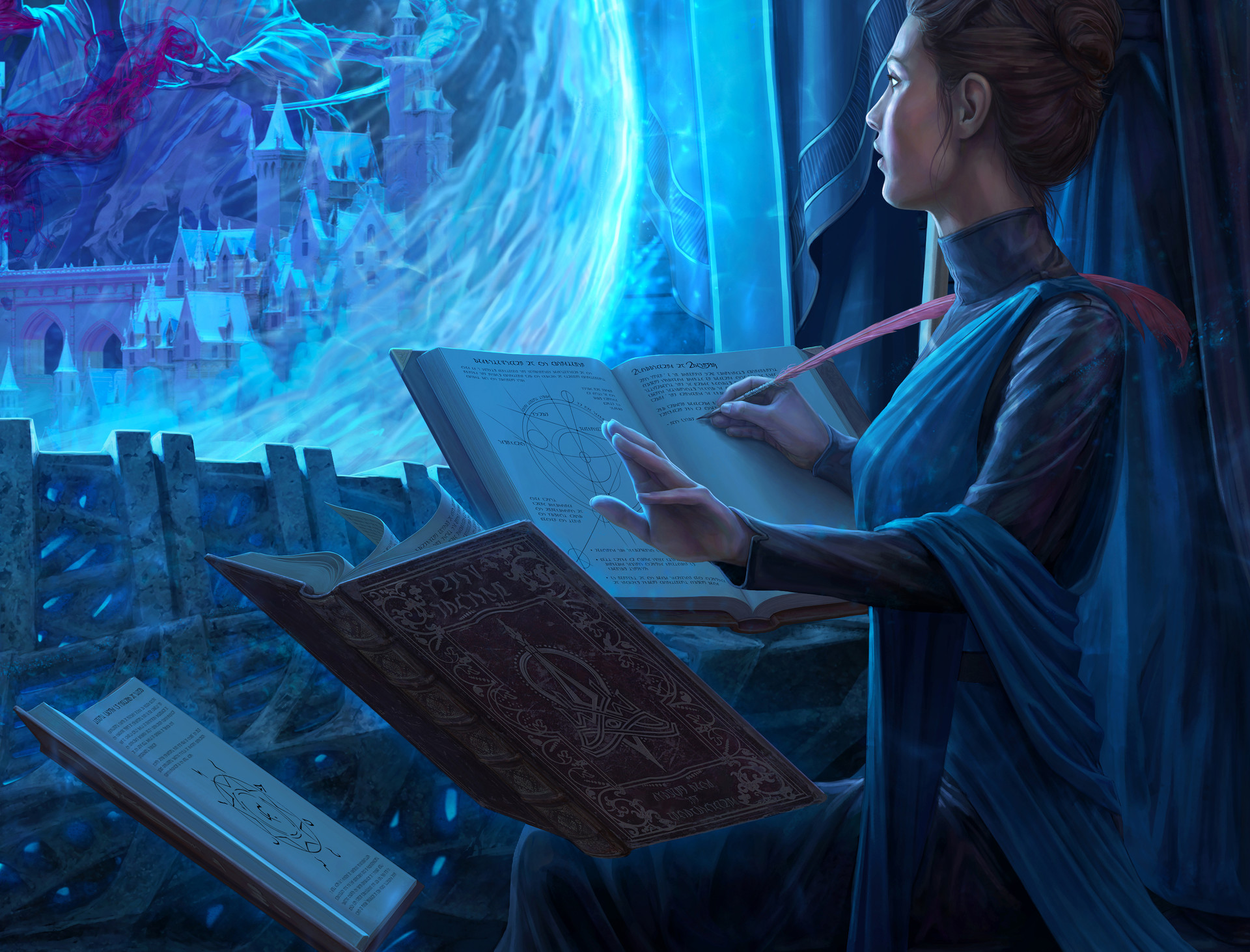

Comments